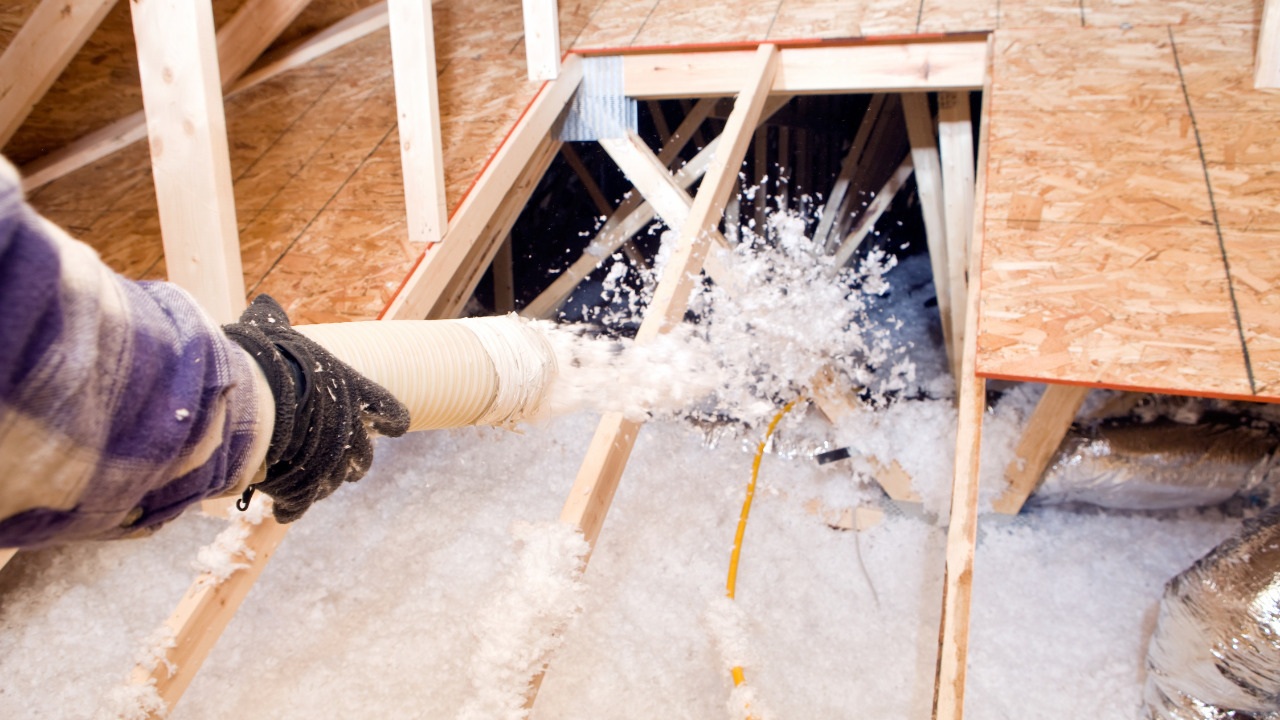

Articles
How To Walk In An Attic With Blown Insulation
Modified: August 28, 2024
Learn the best techniques and safety precautions for walking in an attic with blown insulation. Our informative articles provide expert advice for a hassle-free experience.
(Many of the links in this article redirect to a specific reviewed product. Your purchase of these products through affiliate links helps to generate commission for Storables.com, at no extra cost. Learn more)
Introduction
Walking in an attic with blown insulation can be a challenging and potentially dangerous task if not done correctly. Blown insulation, often made of fiberglass or cellulose, is a popular choice for insulating attics as it provides excellent thermal performance and helps reduce energy costs. However, navigating through an attic filled with loose insulation requires some preparation, careful consideration of safety measures, and proper techniques to ensure the integrity of the insulation remains intact.
In this article, we will provide you with a comprehensive guide on how to walk in an attic with blown insulation. We will cover everything from understanding blown insulation to selecting the right access point, as well as key safety measures to keep in mind. Whether you need to access your attic for maintenance, inspections, or repairs, this article will equip you with the knowledge and techniques to perform the task safely and efficiently.
Before we dive into the details, it’s important to note that safety should be your top priority when working in an attic. Make sure to wear proper protective gear, including gloves, goggles, an N95 mask, and long-sleeved clothing, to avoid direct contact with the insulation fibers. Additionally, always proceed with caution and follow the guidelines provided by your local building codes and regulations.
Now, let’s get started by understanding the basics of blown insulation in an attic.
Key Takeaways:
- Proper preparation, including wearing protective gear, planning the route, and clearing the pathway, is crucial for safely walking in an attic with blown insulation. Adhering to essential safety measures and maintaining insulation integrity are equally important.
- Choosing the right access point, using proper navigation techniques, and dealing with obstacles and hazards are essential for minimizing disruption to blown insulation in the attic. Regular inspections and professional assistance can help ensure optimal insulation performance.
Read more: How To Remove Blown-in Insulation In Attic
Understanding Blown Insulation in an Attic
Blown insulation, also known as loose-fill insulation, is a popular method of insulating attics. It consists of small particles of insulation material, such as fiberglass or cellulose, that are blown or scattered onto the attic floor or between the joists using a special machine. This method allows for quick and efficient installation, especially in attics with irregular shapes or difficult-to-reach areas.
Blown insulation offers several advantages over other types of insulation. First, it provides excellent thermal resistance, helping to keep your home cool in the summer and warm in the winter. It also helps to reduce energy costs by minimizing heat transfer between your living spaces and the attic. Additionally, blown insulation is relatively affordable and can be installed without the need for extensive labor or specialized equipment.
When walking in an attic with blown insulation, it’s important to understand how it works and how to avoid disturbing or damaging it. Unlike batt or rigid insulation, which is more stable and compact, blown insulation is loose and prone to shifting or settling over time. It fills the spaces between joists and forms a fluffy layer, creating an effective barrier against heat flow.
It’s crucial to be mindful of the insulation’s loose nature when walking in the attic. Avoid stepping directly on the insulation whenever possible to prevent compressing it and compromising its effectiveness. Instead, focus on navigating through the attic by stepping on the joists or using sturdy boards or planks to create a pathway.
Another important aspect of blown insulation in an attic is maintaining its integrity. Any disturbance, such as trampling, shifting, or uneven distribution, can lead to thermal bridging, reduced R-value, and decreased energy efficiency. To prevent this, it’s essential to walk with caution and take appropriate measures to minimize any disruption to the insulation.
Now that you have a better understanding of blown insulation in attics, let’s move on to preparing for walking in an attic filled with blown insulation.
Preparing to Walk in an Attic with Blown Insulation
Before venturing into the attic with blown insulation, it’s important to take some necessary steps to ensure a safe and efficient experience. Proper preparation will not only minimize the risk of accidents but also help maintain the integrity of the insulation. Here are some essential tips to prepare for walking in an attic with blown insulation:
- Inspect the attic: Before entering the attic, assess the overall condition of the space. Look for any signs of leaks, moisture, or structural damage. Check for any loose wires or hazards that may obstruct your path. It’s crucial to address any issues and make necessary repairs before attempting to walk in the attic.
- Gather the necessary equipment: As mentioned earlier, proper protective gear is essential when working in an attic with blown insulation. Wear a pair of thick gloves to protect your hands and forearms from any exposed nails or sharp edges. Wear safety goggles to shield your eyes from dust, debris, and insulation particles. Additionally, putting on an N95 mask and long-sleeved clothing will minimize your exposure to insulation fibers.
- Plan your route: Take some time to plan your path before entering the attic. Identify the areas you need to access and determine the safest and most direct route. Consider the location of the insulation, any obstacles, and the position of the joists. This will help you navigate through the attic more efficiently and reduce the chances of disturbing the insulation unnecessarily.
- Clear the pathway: Before stepping foot in the attic, remove any obstructions such as boxes, tools, or stored items that may impede your movement. Clearing the pathway will provide a safer and more accessible route, ensuring that you can walk through the attic without hindrance.
- Turn off utilities if necessary: Depending on the nature of your work in the attic, you may need to turn off the electricity, gas, or any other utilities to prevent accidents. Consult a professional if you’re unsure about the safety precautions or requirements for your specific situation.
- Inform others: Let someone else in your household know that you will be working in the attic. Inform them of your estimated timeframe and provide them with a means to contact you in case of an emergency. This helps ensure your safety and provides peace of mind for both you and your loved ones.
By following these preparation steps, you will be better equipped to walk in an attic with blown insulation. In the next section, we will discuss essential safety measures that should be taken to mitigate potential risks during this task.
Essential Safety Measures
Walking in an attic with blown insulation can pose certain risks and hazards if proper safety measures are not followed. It is crucial to prioritize your safety and take necessary precautions to minimize the chances of accidents or injuries. Here are some essential safety measures to keep in mind:
- Wear protective gear: Before entering the attic, ensure you are wearing the appropriate protective gear. This includes thick gloves to protect your hands, safety goggles to shield your eyes, an N95 mask to prevent inhalation of insulation particles, and long-sleeved clothing to cover your skin. This protective gear will minimize your exposure to potential hazards.
- Ensure proper ventilation: Attics can become hot and stuffy, especially during warmer months. Make sure there is adequate ventilation in the attic to prevent overheating and ensure you have fresh air circulation. Use fans, open windows, or install roof vents to improve ventilation if necessary.
- Use proper lighting: Attics can be dark and have limited visibility, so it is crucial to use proper lighting. Portable work lights or headlamps can provide sufficient illumination to help you navigate safely. Avoid using open flames or candles as a source of light, as these can pose fire hazards.
- Watch your step: When walking in an attic with blown insulation, it is important to watch your step and be mindful of your surroundings. Walk slowly and carefully, paying attention to where you place your feet. Stay on the designated path and avoid stepping directly on the insulation whenever possible to prevent shifting or compacting it.
- Be cautious of electrical hazards: Attics often contain electrical wiring and fixtures. Exercise caution and avoid coming into contact with exposed wiring or touching any electrical components unless you are a trained professional. If you are unsure about any electrical hazards, consult a licensed electrician for assistance.
- Stay hydrated and take breaks: Working in an attic can be physically demanding, and it is important to stay hydrated and take regular breaks. Drink plenty of water to stay hydrated and rest periodically to prevent fatigue or overheating.
- Secure the ladder: When accessing the attic, make sure the ladder is securely positioned and stable. Use ladder stabilizers or have someone assist you to ensure the ladder remains steady and safe to climb.
- Prevent fire hazards: Insulation materials are flammable, so it is crucial to take precautions to prevent fire hazards. Avoid smoking or using open flames in the attic, and ensure any electrical fixtures or equipment are in good working condition to prevent electrical fires.
By following these essential safety measures, you can mitigate potential risks and create a safer environment when walking in an attic with blown insulation. Next, we will discuss how to choose the right attic access point to ensure a smooth and hassle-free entry.
Choosing the Right Attic Access Point
Choosing the correct access point to enter the attic is crucial for a safe and efficient experience when working with blown insulation. The access point should provide adequate space and ease of entry, allowing you to navigate through the attic with minimal disruption to the insulation. Here are some factors to consider when selecting the right attic access point:
- Accessibility: Look for an access point that is easily accessible and does not require excessive climbing or maneuvering. Ideally, it should be located in a room or hallway that is easily reachable. Ensure there are no obstacles blocking the access point, such as furniture or stored items.
- Size: The access point should be large enough to comfortably fit through, especially if you need to carry tools or equipment with you. Ensure that the access point is wide and tall enough for you to enter without any difficulty or discomfort.
- Structural Integrity: Examine the access point for any signs of damage or weakness. Check the hinges, latches, and surrounding framework to ensure they are sturdy and in good condition. Avoid using access points that appear unstable or compromised.
- Insulation Accessibility: Assess whether the chosen access point provides convenient access to the area where the insulation is located. You may need to move insulation temporarily to create a pathway or access certain parts of the attic. Having easy access to the insulation will help minimize disturbance and maintain its integrity.
- Convenience: Consider the convenience of the access point, both for entering and exiting the attic. Choose a location that allows for easy back-and-forth movement, especially if you anticipate needing to return to the attic multiple times for a project or inspection.
- Safety: Prioritize safety when selecting an access point. Avoid locations that require excessive bending, contortion, or precarious positions to enter or exit the attic. Opt for access points that provide a clear path and sufficient headroom to maneuver comfortably.
- Sealing: Ensure that the access point is properly sealed when closed to prevent air leakage and energy loss. A properly sealed access point will also help maintain the insulation’s effectiveness by minimizing drafts and temperature fluctuations.
- Consider Professional Assistance: If you are unsure about the location or condition of your attic access point, consult with a professional contractor or builder. They can provide expert advice and help identify the best access point based on your specific attic configuration.
By considering these factors, you can choose the right attic access point that provides a seamless and efficient entry into the attic. In the next section, we will discuss the steps involved in walking in an attic with blown insulation.
Wear a long-sleeved shirt, pants, gloves, and a mask to protect yourself from insulation fibers. Use a sturdy board to distribute your weight and walk carefully to avoid stepping through the ceiling.
Steps to Walk in an Attic with Blown Insulation
Walking in an attic with blown insulation requires careful consideration and proper techniques to minimize disruption to the insulation while ensuring your safety. By following these steps, you can navigate through the attic without compromising the effectiveness of the insulation:
- Put on your protective gear: Before entering the attic, don your gloves, safety goggles, N95 mask, and long-sleeved clothing to protect yourself from any potential hazards.
- Choose the right access point: Use the guidelines mentioned earlier to select the most suitable access point to enter the attic. Ensure that it provides adequate space and is in good structural condition.
- Create a pathway: Clear the pathway in the attic by removing any obstacles or stored items that may impede your movement. Make sure you have a clear and safe route to walk through.
- Step on the joists or use sturdy boards: Avoid stepping directly on the blown insulation as much as possible. Instead, step on the attic’s joists, which are the structural elements that support the floor. Use sturdy boards or planks as bridges to create a pathway if necessary.
- Walk slowly and deliberately: Take your time and walk slowly through the attic, paying attention to each step. Watch for any potential hazards, such as exposed wiring or obstructions, and navigate around them carefully.
- Distribute your weight: When walking on the joists or boards, distribute your weight evenly to avoid putting excessive pressure on one area. This will help prevent damage to the insulation and maintain its integrity.
- Avoid unnecessary contact with the insulation: Minimize unnecessary contact with the blown insulation to prevent it from shifting or compressing. If you need to move insulation temporarily, do it carefully and gently, avoiding any abrupt movements.
- Keep a steady balance: Maintain a steady balance while walking in the attic. Avoid leaning or overreaching, as this can throw off your balance and increase the risk of accidents or disruption to the insulation.
- Watch your head: Be mindful of the height of the attic ceiling and any low-hanging obstructions, such as pipes or ductwork. Watch your head and crouch or duck if necessary to avoid bumps or injuries.
- Inspect the attic as you go: Take the opportunity to inspect the attic as you navigate through it. Look for signs of leaks, mold, pests, or any other issues that may require attention. This allows you to address any problems promptly.
- Exit the attic safely: Once you have completed your tasks in the attic, carefully navigate back to the access point, ensuring that you maintain balance and avoid disturbing the insulation. Exit the attic slowly and securely, making sure to close and seal the access point behind you.
By following these steps, you can confidently walk in an attic with blown insulation while minimizing any disruption to the insulation. However, it’s important to remain cautious and adhere to safety guidelines throughout the process. In the next section, we will discuss proper techniques for attic navigation to further enhance your skills in walking through the attic.
Proper Attic Navigation Techniques
Proper attic navigation techniques are essential when walking in an attic with blown insulation. By employing these techniques, you can ensure safe and efficient movement while minimizing the disturbance to the insulation. Here are some key techniques to keep in mind:
- Plan your route: Before entering the attic, plan your route and visualize the path you will take. Having a clear understanding of your intended path will help you navigate more efficiently and minimize unnecessary backtracking or disturbance to the insulation.
- Stay on the joists: The attic’s joists provide sturdy support for walking. Whenever possible, step directly on the joists instead of the blown insulation. This helps maintain the insulation’s integrity and reduces the chances of compressing or shifting it.
- Use proper footing: When stepping on the joists, ensure that your footing is secure and well-balanced. Avoid stepping on areas with gaps or weak spots in the wood. Additionally, be mindful of any nails or raised areas that could cause tripping hazards.
- Create a path with boards or planks: If there are areas in the attic without joists or if you want to create a more stable walking surface, place sturdy boards or planks as bridges to create a pathway. This provides additional support and distributes your weight evenly.
- Maintain a low center of gravity: Keep your center of gravity low by bending your knees slightly while walking. This helps improve your stability and balance, especially when navigating uneven surfaces or obstacles in the attic.
- Use handrails or support: If there are handrails or support beams available in the attic, utilize them to maintain your balance. Gripping onto these structures provides additional stability and support while walking.
- Take small, deliberate steps: Avoid taking large strides or rushing through the attic. Instead, take small, deliberate steps to maintain control and minimize the risk of tripping or disrupting the insulation.
- Use proper lighting: Ensure the attic is adequately illuminated to improve visibility and reduce the chances of missteps or accidents. Use portable work lights or headlamps to illuminate your path and navigate through the attic safely.
- Stay focused and attentive: Pay careful attention to your surroundings and remain focused on your movements. Watch out for any potential hazards, such as exposed wiring or sharp objects. Avoid distractions and stay vigilant throughout your time in the attic.
- Follow safety guidelines: Adhere to all the safety measures mentioned earlier, such as wearing protective gear, maintaining proper ventilation, and staying hydrated. These guidelines will help ensure your safety and well-being as you navigate the attic.
By implementing these proper attic navigation techniques, you can confidently move through the attic, maintaining the insulation’s integrity while ensuring your safety. In the next section, we will discuss how to deal with obstacles and hazards that you might encounter in the attic.
Dealing with Obstacles and Hazards
When walking in an attic with blown insulation, you may encounter various obstacles and hazards that can pose challenges to your movement and safety. It’s important to be prepared and know how to navigate around these obstacles effectively. Here are some guidelines on how to deal with commonly encountered obstacles and hazards:
- Pipes and ducts: Attics often have pipes and ducts running across them. When encountering these obstacles, carefully maneuver around them while maintaining your balance. Avoid stepping on or putting pressure on these components to prevent damage or disruption to the insulation.
- Wires and electrical fixtures: Exercise caution when walking near exposed wires and electrical fixtures. Avoid touching or coming into contact with them unless you are a trained professional. If you notice any damaged or frayed wires, consult a licensed electrician for assistance.
- Storage items: If the attic is used for storage, there may be items placed in your path. Take care to navigate around these items without tripping or causing any disturbance to the insulation. Move any stored items temporarily, if needed, to create a safe and clear pathway.
- Fragile ceilings: Some attics have ceilings that are not designed to bear weight. Be cautious of these areas and avoid putting any pressure on the ceiling surface. Identify and mark these fragile areas to prevent accidental damage or falling through the ceiling.
- Insulation irregularities: Blown insulation can sometimes accumulate unevenly or form high spots in certain areas. When you encounter these irregularities, take extra care to step lightly and avoid pushing or redistributing the insulation as you navigate through it.
- Sharp objects: Be mindful of any sharp objects or protruding nails in the attic. Watch your step, and if you notice any exposed nails or sharp edges, take the necessary precautions to avoid injury. Consider using thick-soled shoes or kneepads for additional protection.
- Vents and roof leaks: Inspect the attic for any signs of vents or potential roof leaks. Take note of their locations and navigate around them carefully to avoid causing any damage or exacerbating existing issues. If you notice any leaks or HVAC problems, consult a professional for assistance.
- Rodents and pests: Attics can sometimes be home to rodents or pests. If you encounter signs of infestation, exercise caution to avoid disturbing or agitating them. It’s advised to contact pest control experts to address the issue properly.
- Falling hazards: Be aware of areas with open joists or gaps where you could potentially fall through the attic floor. Take precautions to avoid these fall hazards by stepping carefully and staying within the safe walking paths.
- Unstable or worn-out flooring: Inspect the attic floor for any signs of instability or worn-out sections. Avoid walking on these areas as they may pose safety risks. If you notice any structural issues or concerns, consult a professional for assessment and repair.
By being aware of these obstacles and hazards and taking appropriate measures to navigate around them, you can ensure a safer experience when walking in an attic with blown insulation. Remember to always prioritize safety and proceed with caution. In the next section, we will provide some tips for maintaining the integrity of the blown insulation during attic access.
Tips for Maintaining Insulation Integrity
When walking in an attic with blown insulation, it is important to take steps to preserve the integrity and effectiveness of the insulation. By following these tips, you can minimize disturbance to the insulation and ensure it continues to provide optimal thermal performance:
- Avoid unnecessary compression: Blown insulation works best when it retains its fluffy, loose structure. Avoid stepping directly on the insulation whenever possible to prevent compressing it. Instead, focus on walking on the attic’s joists or use sturdy boards or planks to create a pathway.
- Minimize displacement: Take care to minimize any unnecessary movement or displacement of the insulation. When walking or working in the attic, make deliberate and controlled movements to avoid disturbing the insulation unnecessarily.
- Reposition insulation gently: If you need to move the insulation temporarily for access or other purposes, do it gently and with caution. Lift or move the insulation using your hands or a tool, being careful not to tear or damage it in the process.
- Clear pathways before accessing the attic: Before entering the attic, clear the pathway of any debris or stored items that could obstruct your movement. This will help minimize the need to disturb the insulation unnecessarily when walking in the attic.
- Maintain proper insulation coverage: Pay attention to areas where the blown insulation may have settled or shifted over time. Use a rake or suitable tool to gently redistribute the insulation to ensure even coverage and maintain consistent thermal performance.
- Address any gaps or exposed areas: Inspect the attic for any gaps or exposed areas where the insulation may be thin or missing. Fill these gaps with additional insulation to maintain a continuous and effective thermal barrier.
- Monitor for signs of damage: Regularly inspect the blown insulation for signs of damage, such as moisture intrusion, mold growth, or pest activity. Address any issues promptly to prevent further damage and maintain the insulation’s effectiveness.
- Consider professional assistance: If you have concerns about the condition or effectiveness of the blown insulation in your attic, it’s advisable to consult a professional insulation contractor. They can assess the state of the insulation, recommend any necessary repairs or improvements, and ensure it is functioning optimally.
- Properly seal access points: Ensure that the attic access point is properly sealed when closed to prevent airflow and energy loss. Any gaps or openings in the access point should be sealed with weatherstripping or insulation to maintain the insulation’s effectiveness.
- Regularly inspect and maintain the attic: Perform regular inspections of your attic to monitor the condition of the insulation and address any issues promptly. Keep the attic well-ventilated, check for signs of leaks or moisture, and maintain proper humidity levels to preserve the integrity of the insulation.
By implementing these tips, you can help maintain the integrity and efficiency of the blown insulation in your attic. Remember that proper attic maintenance and regular inspections are key to ensuring the insulation performs optimally over the long term. Now that you have a good understanding of walking in an attic with blown insulation and how to preserve its effectiveness, you can confidently access your attic for maintenance, repairs, or inspections.
We’ve covered everything from understanding blown insulation to choosing the right access point, safety measures, navigation techniques, and maintaining insulation integrity. Keep these guidelines in mind and always prioritize safety when working in your attic. Whether it’s for DIY projects or hiring professionals, a well-insulated attic can help enhance the energy efficiency and comfort of your home.
Conclusion
Walking in an attic with blown insulation requires careful planning, proper techniques, and a focus on safety. By understanding the nature of blown insulation and following the guidelines outlined in this article, you can navigate through your attic without compromising the effectiveness of the insulation or putting yourself at risk.
Start by preparing yourself and the attic for the task. Wear the appropriate protective gear, clear the pathway, and choose the right access point. Take into account the accessibility, size, and structural integrity of the access point to ensure an easy and safe entry into the attic.
Implement essential safety measures, such as proper ventilation, lighting, and maintaining a steady balance while walking. It’s important to be cautious of electrical hazards, secure the ladder, and be mindful of potential fire hazards. Taking breaks and staying hydrated is also essential during this physically demanding task.
To maintain the insulation integrity, carefully plan your route, stay on the joists or use sturdy boards, and take deliberate and controlled steps. Minimize unnecessary displacement of the insulation and reposition it gently if needed. Inspect the attic regularly for gaps, exposed areas, and signs of damage, addressing them promptly to maintain proper insulation coverage.
Remember, if you’re unsure about any aspect of walking in an attic with blown insulation, it’s best to consult with professionals who can provide expert advice and assistance. They can ensure that you follow local regulations and safety guidelines specific to your area.
By following these tips and guidelines, you can safely and effectively walk in an attic with blown insulation. Regular inspections and proper maintenance of your attic will help to maximize the insulation’s performance and energy efficiency in your home. Whether you need to access the attic for maintenance, inspections, or repairs, you can do so with confidence and peace of mind.
Frequently Asked Questions about How To Walk In An Attic With Blown Insulation
Was this page helpful?
At Storables.com, we guarantee accurate and reliable information. Our content, validated by Expert Board Contributors, is crafted following stringent Editorial Policies. We're committed to providing you with well-researched, expert-backed insights for all your informational needs.
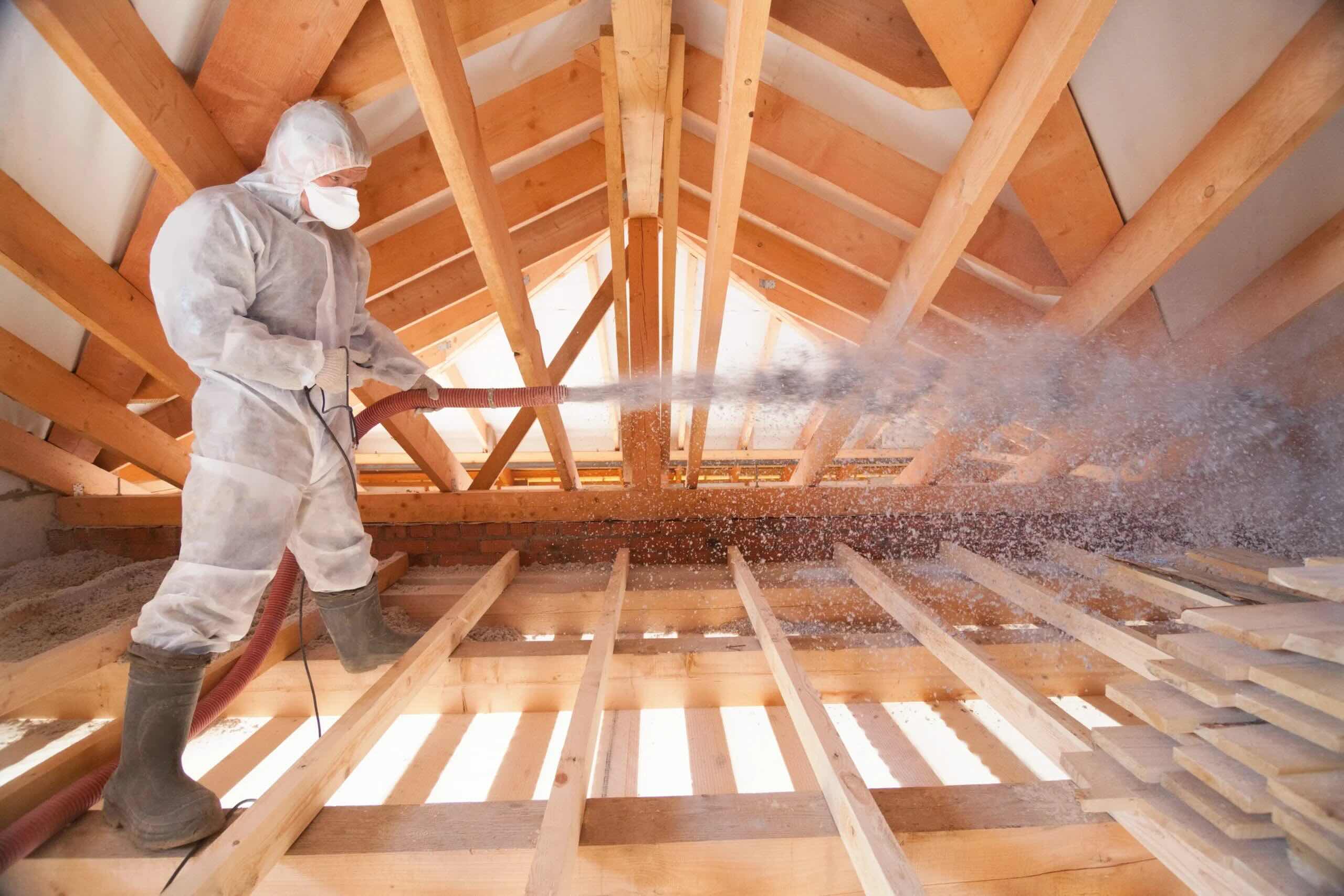
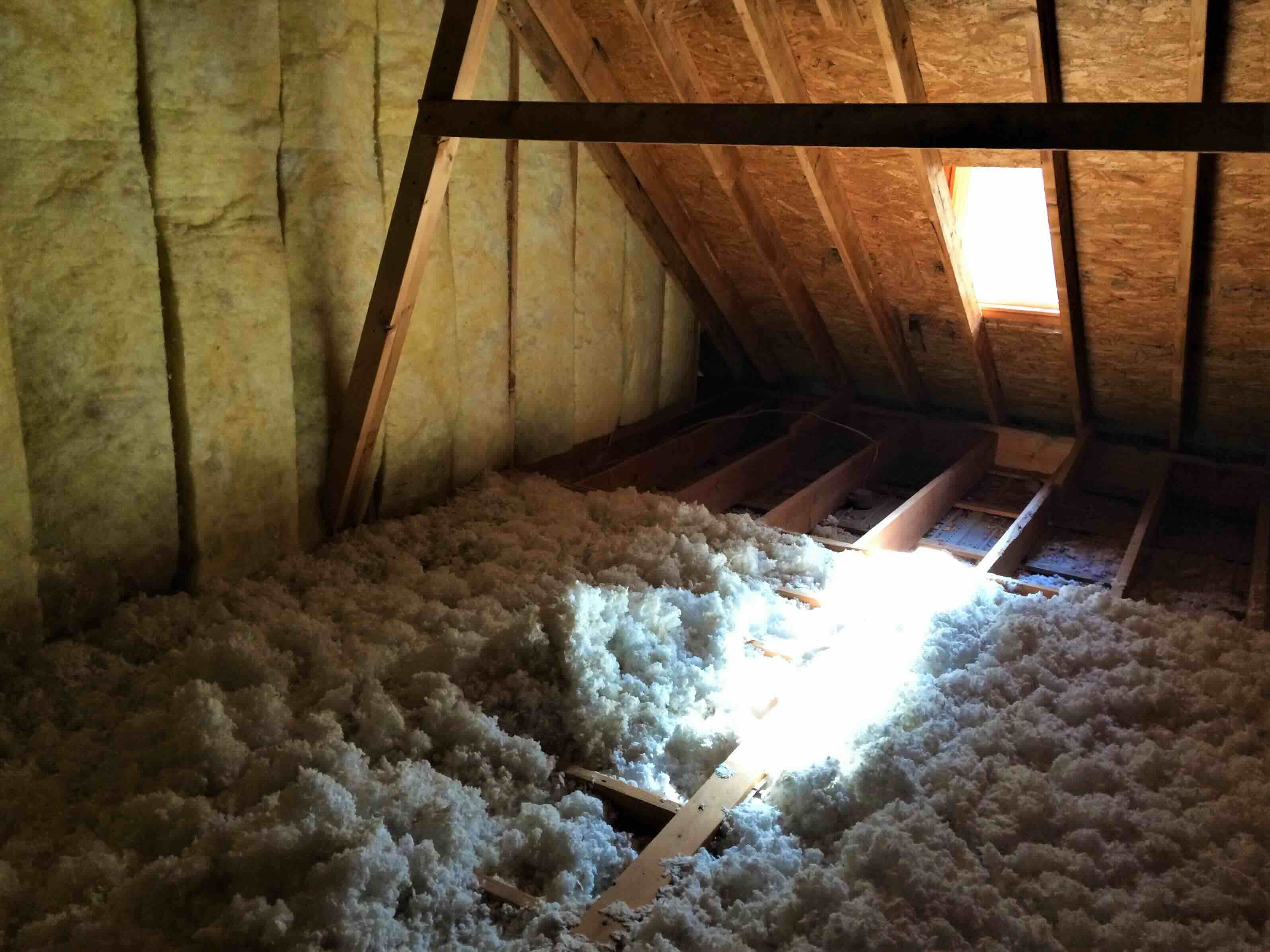

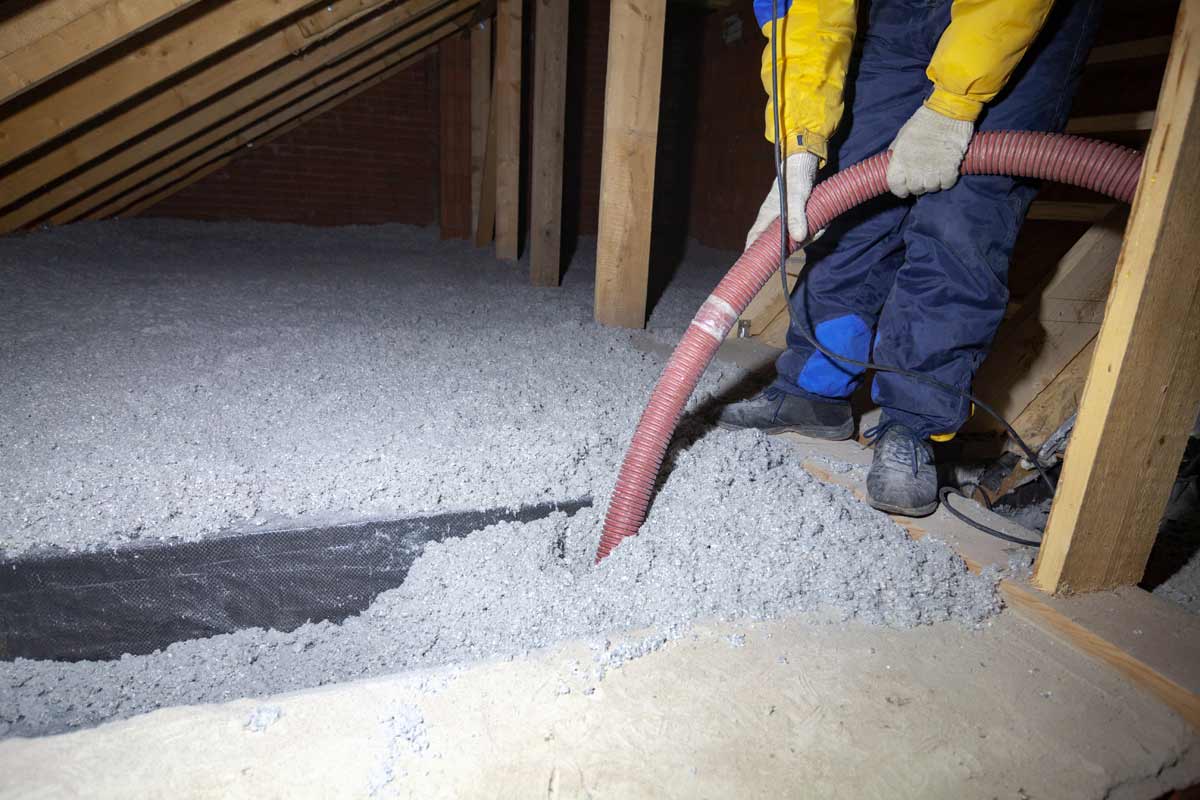
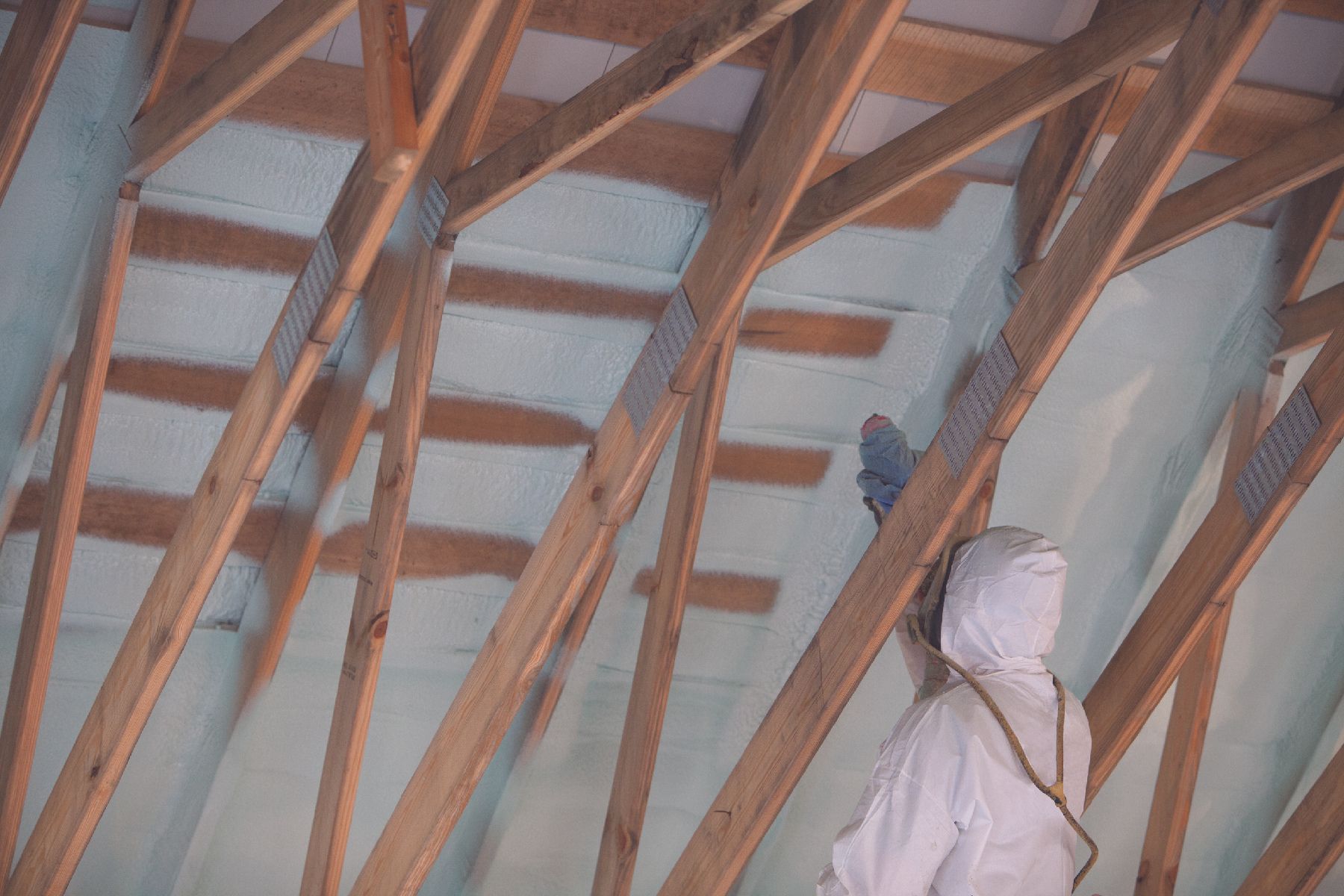
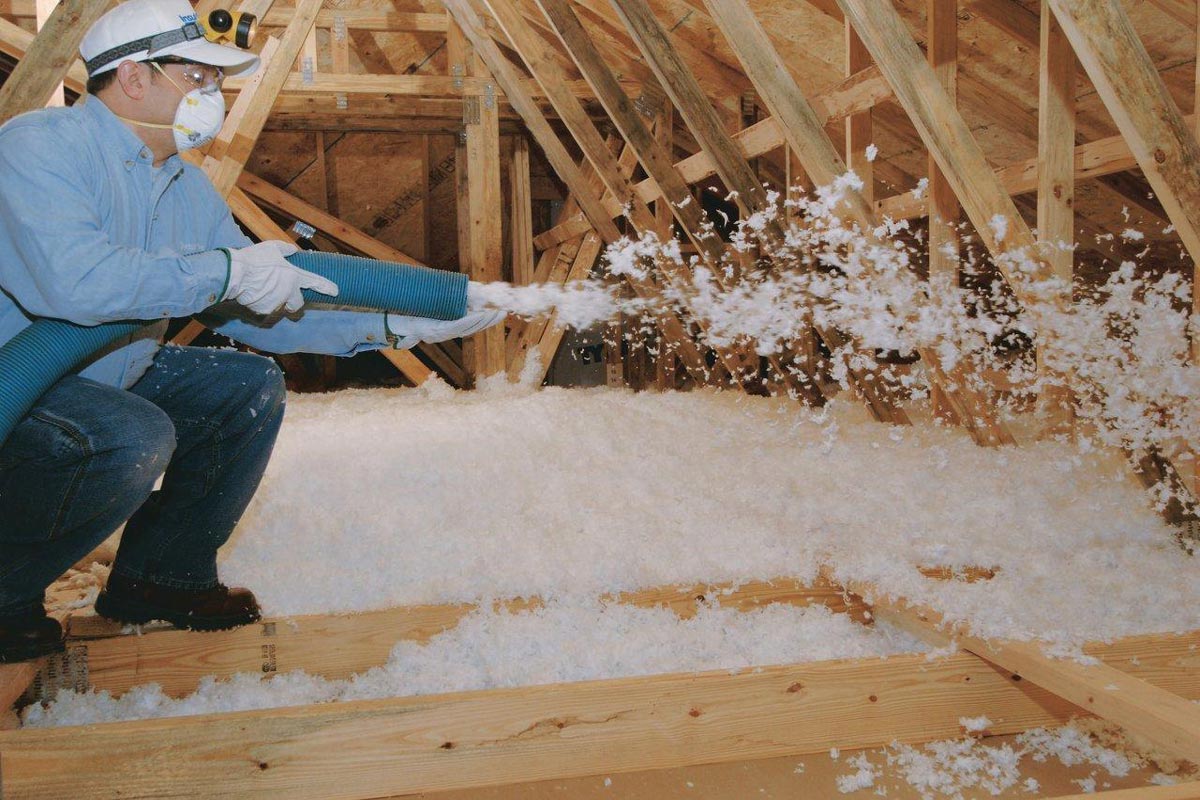
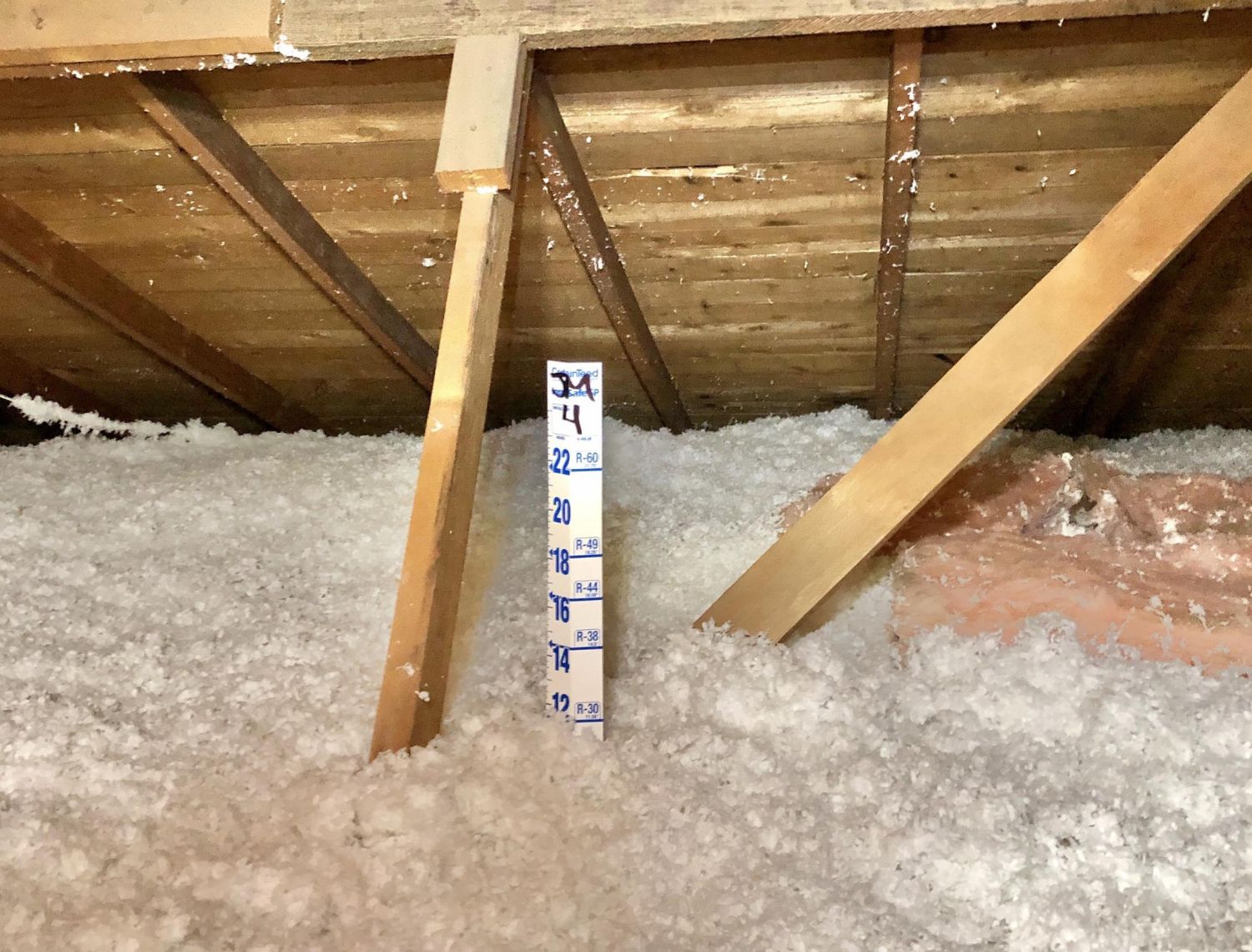
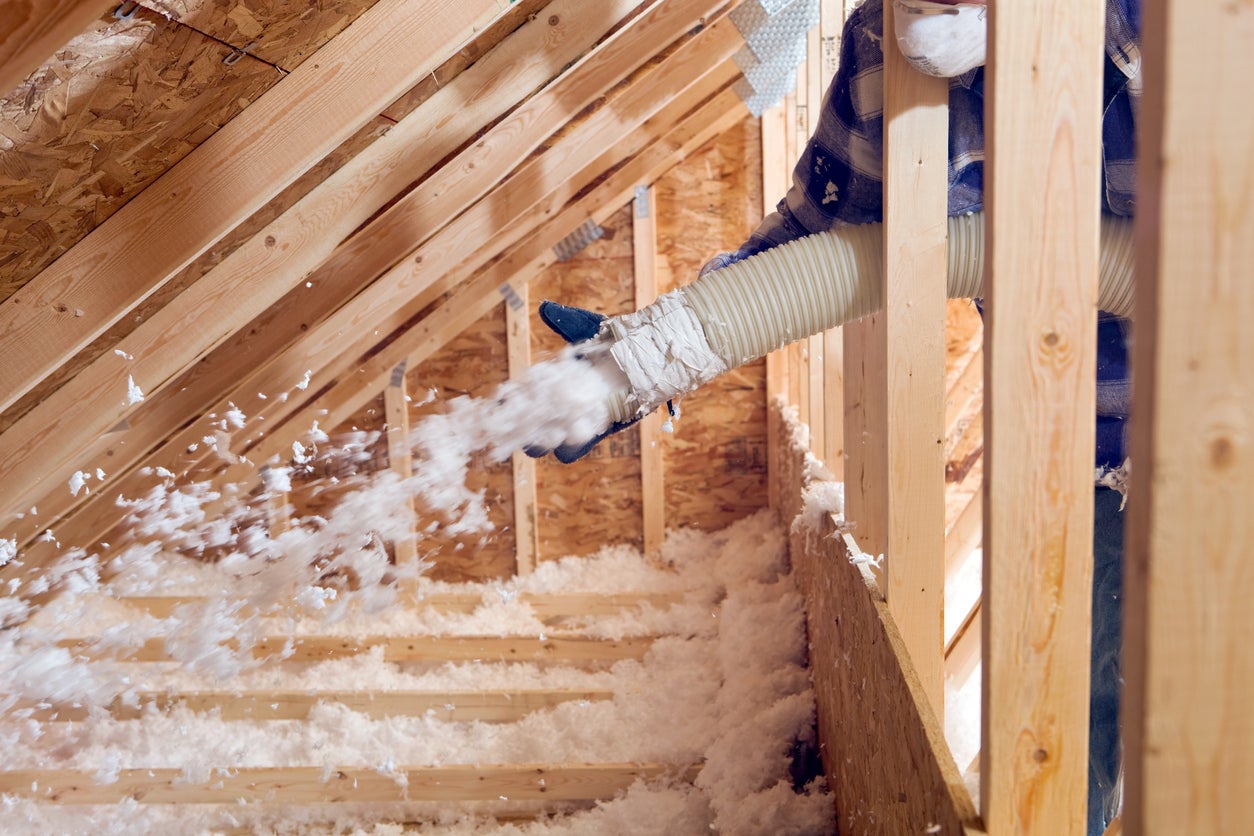
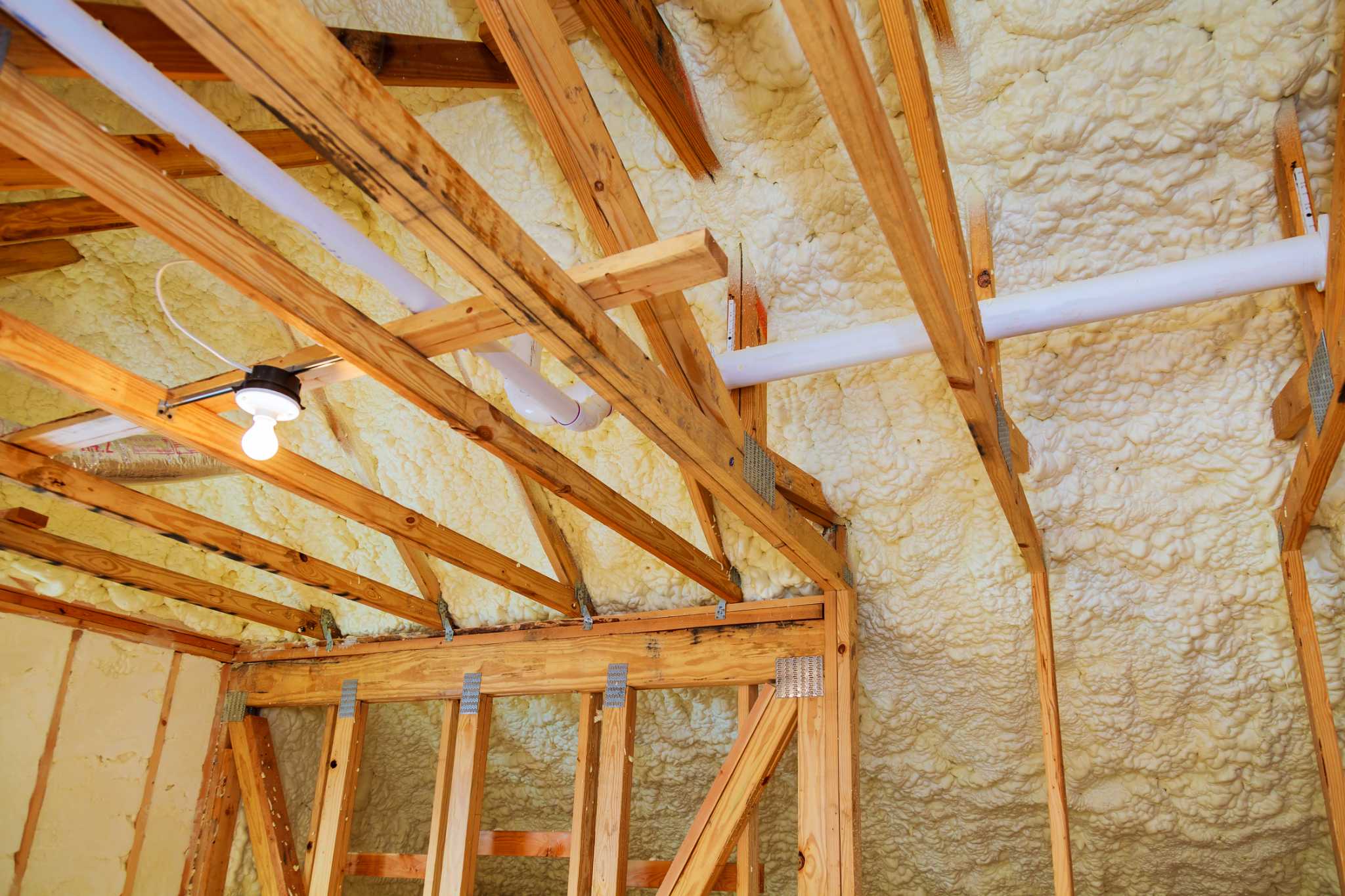

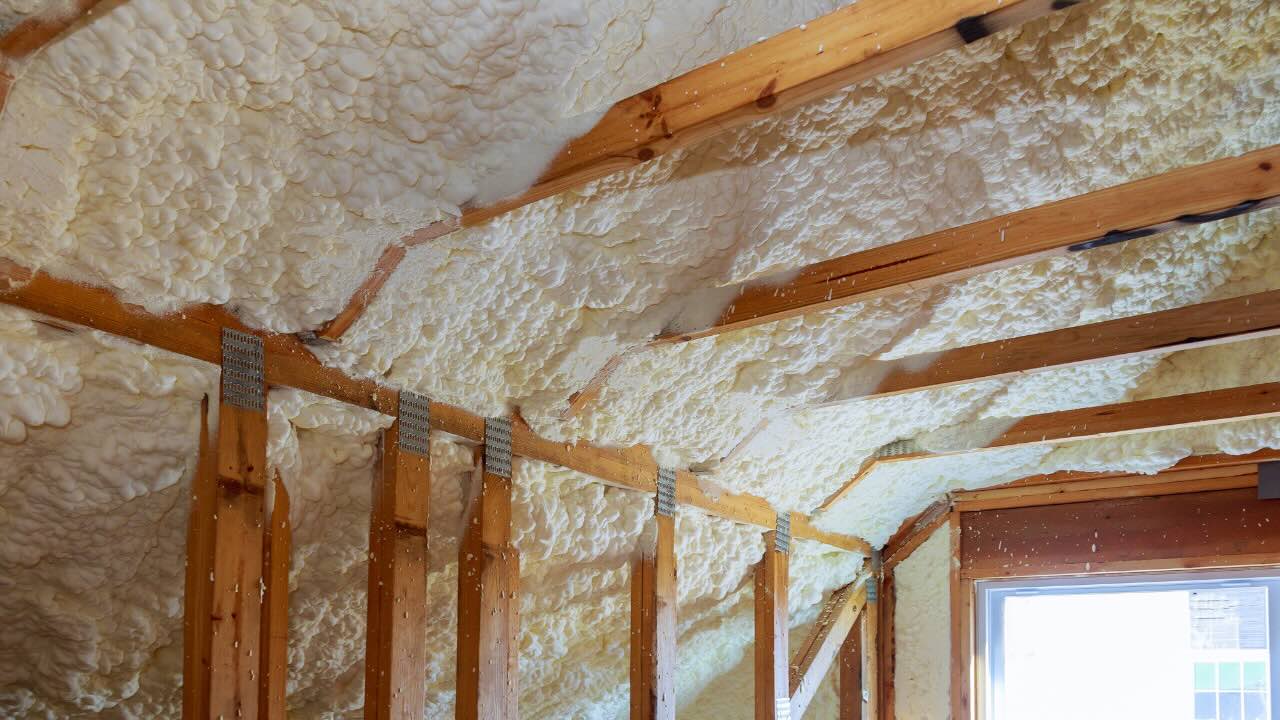
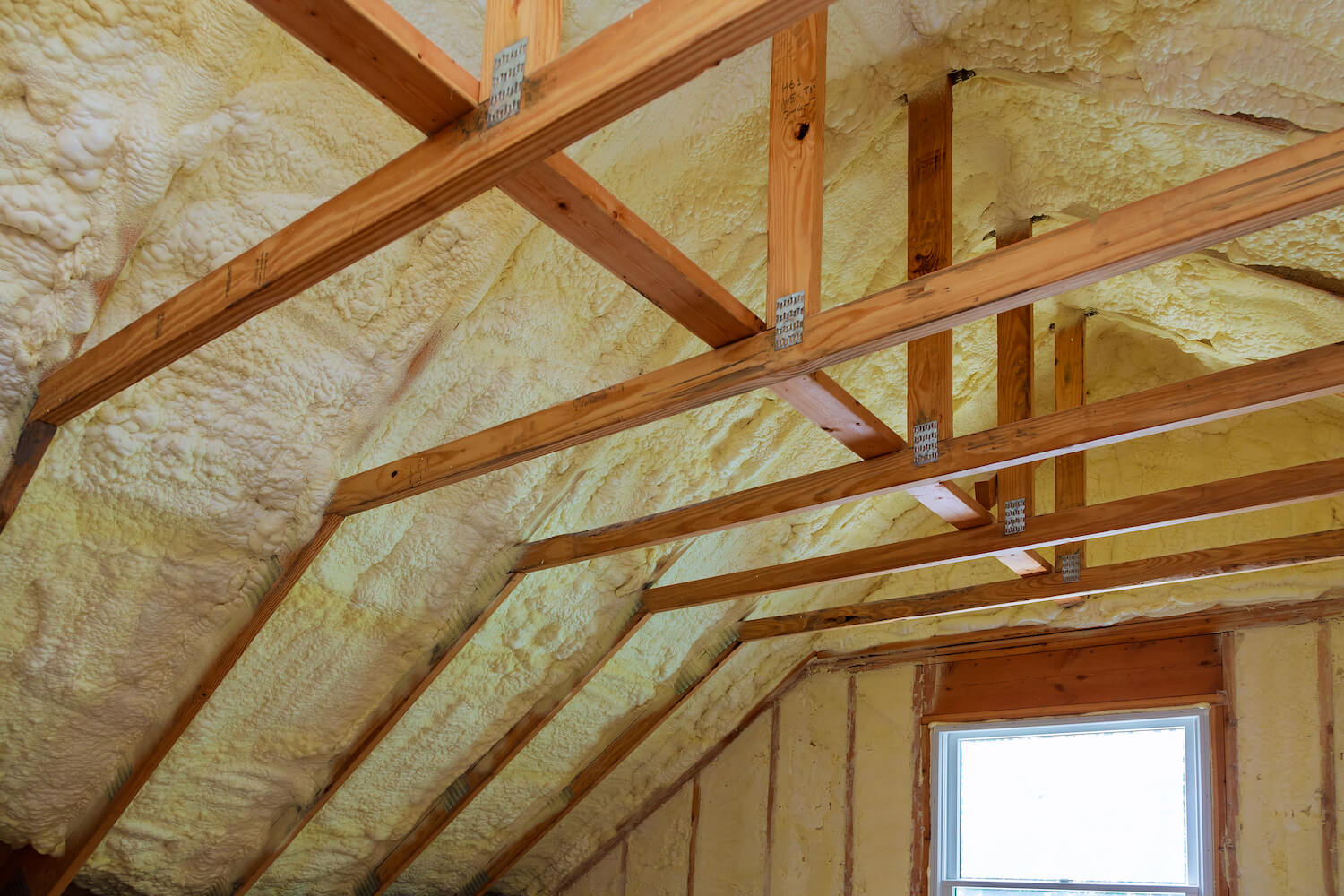
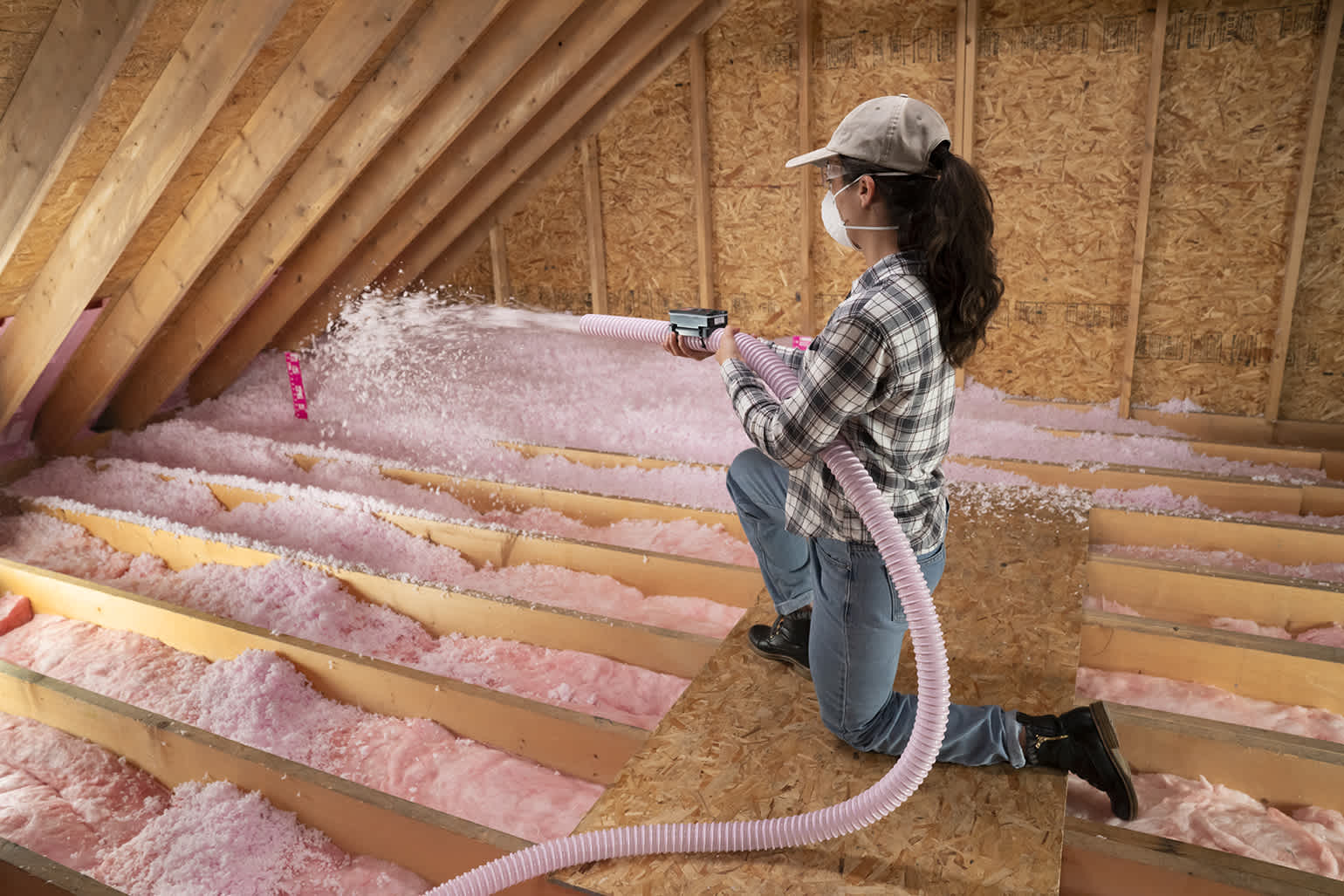

0 thoughts on “How To Walk In An Attic With Blown Insulation”